To Those Who Love This Place,
We have an update to share. The short version of the story is that, after nearly 12 years of service, I am stepping down as a staff member in the organization. The process began March 16, 2021 and will be complete in March 2022. Filled with optimism for our organization and gratitude for the relationships and communities I’ve encountered here, I take this step in service to the emerging future.
With our solid leadership team, robust system of distributed authority, and clear map for the work ahead, we are well prepared for this transition—and the team and I are parting with a ton of mutual care and regard. We have accomplished big work together as part of the fabric of a fifty-year journey, and I am enthusiastic for what will be made possible in the years to come.
If you’re curious to learn more, a long version of the story follows.
—Heather Johnson
The Rabbit’s Transition
“Differentiate what is ending from what is beginning.”
—the maggots
In December 2009, Jerry Millhon and I met at an event in Seattle. He asked me a question. (Those who know Jerry know his superpower of asking provocative questions.)
He asked, “what is your work . . . really?”
My response was, “integrative organizational development: aligning the systems, structures, cultures, and mindsets of an organization in service to a deep and worthy purpose.”
He responded, “I think we should stay in touch.”
Two months later when Jerry stepped in as interim director of the Whidbey Institute, he reached out to say, “I think you’re supposed to be involved.” And so my journey with the Whidbey Institute began.
I visited to listen for a shared purpose, and simply asked the land, “do you want me?”
The response came in two forms:
First, I encountered something I have not seen again since: a rabbit, lying on its side, just off of the edge of the trail. The rabbit looked peaceful, as though it were sleeping. I could have sworn it was breathing, but squatting down to look more closely, the rabbit was—without a doubt—dead. Breath wasn’t moving its body. It was the pulsing of maggots, transforming its body from the inside, that made it look as though it might yet have been alive.
I stayed, for five minutes, ten minutes, witnessing, being present . . . understanding my purpose here:
Differentiate what is ending from what is beginning. Hold all of it sacred. Recognize that the lines between ‘what was’, ‘what is now’, and ‘what’s becoming’ are frequently challenging to discern. Be willing to see what is true over what may be preferred. Sometimes the process isn’t pleasant, but each phase is vital. Act in service to what is emerging—while recognizing that everything moves on its own timeline.
I stood up, continued walking, and found my way to sitting in the meadow opposite the immense and majestic madrone. I asked the land again, “so . . . do you want me?” I was looking at the building named Garbanzo when a response came through: “Sure. But that, sadly, needs to go.”
I got it. My assignment. It included the long arc of work that would make it possible to replace Garbanzo. I later learned that Garbanzo’s two shower stalls were beyond repair and had been permanently closed. Lovingly built as a community project in the 1980’s, Garbanzo meant a lot to many people, and over the first decade of my service here it continued to be an important part of activities with its two toilet rooms and outdoor kitchen. At the beginning of 2020, when it was time to take Garbanzo down in preparation for the Commons building, I felt my completion nearing.
This story is part memory, part fact, part metaphor, and part personal lore. Which is which is hard to tell anymore. The point is: it has been my purpose to participate in a journey of transition here—to be a part of nurturing conditions for the next wave of possibility, potential, and aliveness, and to complete elements that needed to be completed. To do so even when, and finally, it means completing my own participation.
A Home for Transformation
This land—and the people who love it—have taught me so much.
For all the change that needs to happen out there, how we each do what we do matters profoundly. It starts with inner work—inner work for the outer change. And . . . the inner work frequently looks differently than anticipated.
Using myself as an example, I genuinely care. I care so damn much. This means it’s been a painful and disorienting journey to understand how my care can play out as a blind commitment to ‘kindness’ over the work of addressing what is real. Real care gets real. Similarly, I see that many efforts for positive change keep things ‘positive’ in ways that block the work needed for a viable human future to even be possible.
This time challenges us to engage paths of healing. In our bodies, our hearts, our minds, our souls. With one another, with our places, with our lineages, with our systems, with our present, past, and future—with reality. To break through ideologies, stories, and constructs—one’s own as much as others’—that are driving our world to catastrophe. This time demands that we engage blindnesses and traumas living through us, recognizing that such blindnesses and traumas, when not engaged, can become yet further shared.
In this place, while people experience nourishment, quiet, reflection, connection, wonder, and possibility, the land also invokes learning that is called to be learned, and healing that is being called to be healed. I have witnessed in myself and others time and again experience their resistance challenged, awareness broken open, contradictions confronted, and paradoxes brought forth.
An essential paradox to engage in this place: this land, with its lush island forest and meadows, wetland and hilltops, remembers and reflects the devastation that white settlement has brought to this coastline.
The process of colonization is all-too-persistently considered ‘history’. Modern imagination frequently has a feeling of distance in time, peering at black and white photos of white men standing on enormous stumps of felled old-growth cedar and fir, with attention focused on the economic development of the logging industry, the courage and strength of the settler farmers, the ‘inevitably’ of such ‘progress’. In the context of the timeline of our human journey on this planet, the years since 1850 when white settlement first began on what is now referred to as Whidbey Island are merely these past two lifetimes. This is not history. It is all very much right now.
The Coast Salish, for whom this coast has been home since time immemorial, are strong and present today. Their ancestors have endured the devastations of disease, displacement, annihilation, and indoctrination brought by colonization. For the Snohomish, Skagit, Swinomish, Suquamish, Tulalip—this island is Tscha-kole-chy.
To consider the process of colonization and white settlement as ‘history’ fuels the ongoing harm. It attempts to put away immense drivers of our current global devastation—the ongoing impacts of colonization—without addressing them. This leaves us chasing symptoms rather than truly finding our way.
I have learned here that transformation is a journey of deep healing, inviting us into a relationship with the all-of-it. We need to engage not just with what is beautiful, inspiring, uplifting, and hopeful, but also the harms—engaging what is painful, discomforting, and what may feel utterly hopeless. Through engaging the all-of-it, we may live into true possibilities for hope. Through such work, we may yet find our way on a path toward a transforming world. The responsibility and transformative potential of our times demands it.
The Web’s Invitation
“Rock your node.”
—the dew-dabbled spider web
Early in the days of COVID, Marnie and I took a walk outside together in the Maxwelton Valley, which is immediately down the hill from the Whidbey Institute where the Organic Farm School lives. We encountered a web in the grass, strewn with dew-drops.
In that web, I could see the strands that weave our team together, with the nodes of connection in the web—highlighted by the dew drops—representing each of our contributions to the whole. The web of our organization is strong, stewarded by a remarkable group of people in a robust system of distributed authority. Each person has been ‘rocking their node’ through what has been a challenging decade and a deeply disruptive last two years. Our collective efforts have established a foundation for a potent future.
We are in a moment that requires differentiating what is ending from what is beginning. I see where my gifts have dramatically lifted our collective work, and where my limitations have impacted more than just myself. It’s all-of-it. I see my completion as a necessary step for what is coming to be able to emerge. I have ‘rocked my node’—and the work ahead calls for a next wave of capacity, wisdom, and energy. In the weeks and months to come, we’ll be sharing more of our process and journey into what is emerging, from our ‘Wayfinding’ work to new members of our team.
At the heart is our purpose: to be a place for those called by the responsibility and transformative potential of our times. A place for growth, mutuality, renewal, challenge, connection, healing . . . and, and, and.
It certainly has been such a place for me. I look forward to witnessing what emerges in the time to come. Thank you for the honor of walking this journey together.
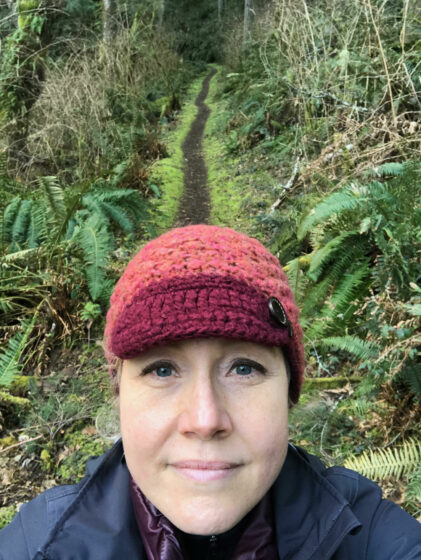 Many of you may be wondering what is next for me. First off, I need time to disconnect, rest, reflect, restore, and be with myself and my loved ones. After that, I will let you know! I am ready for my next chapter and eager to see what unfolds here, and know that my connection to this community and land are enduring. Thank you all for your support over the years, and your well wishes!
Many of you may be wondering what is next for me. First off, I need time to disconnect, rest, reflect, restore, and be with myself and my loved ones. After that, I will let you know! I am ready for my next chapter and eager to see what unfolds here, and know that my connection to this community and land are enduring. Thank you all for your support over the years, and your well wishes!
Some of you may want to reach out for time together. While I would enjoy it, and it would mean a lot, there’s a lot to tend to between now and March 20. If you’d like to connect directly—and are willing to wait until I have capacity—I offer this Google form. In March I’ll explore what’s collected and will reach out as is possible.
With appreciation and care for what is emerging,
Heather
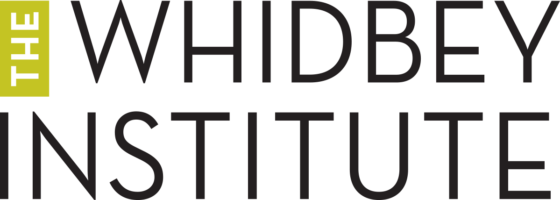
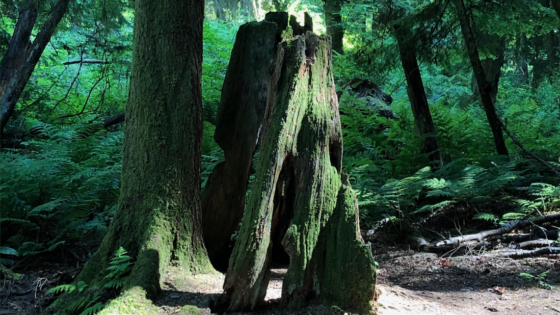
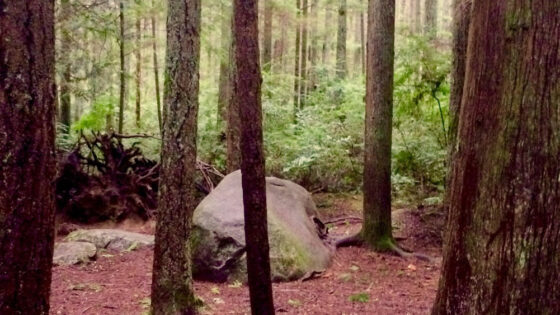
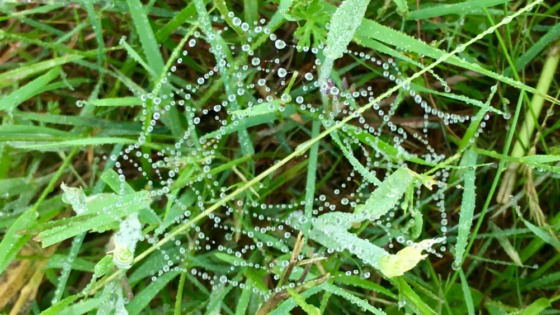
Thank you Jen, Jim, Victoria, Joao, and Mark! Appreciations to all of you
Thank you, Joao!!
Thank you, Mark! Appreciating your tremendous work on the board during my early years here; your finance, leadership, and retreat center skills have been key to this current moment of health and potential for the organization.
Lovely to hear from you and to know that your bright and beautiful light will now shine to the great benefit of another place and a different collection of souls. Be well, may grace travel with you always,
All the love for your wise words from the soul
Dearest Woman, I am so grateful that we have come to know each other and share magical moments on Iona and right on here on this precious land. Your capacity to “get” the purpose of the Whidbey Institute and to sustain it is a blessing to all of us.
I am happy for you that your time is coming to completion and I trust there will be deep rest for you with your beloved.
I love you dearly!
Blessings galore now and always!
all the best in whatever you choose. knowing that is a given. peace and joy to you.
Hi
You have always been inspirational!
You still are .
Loved reading this .
Sending love and luck to you , and the ones you love ,…now and always.
Warmly,
Jen